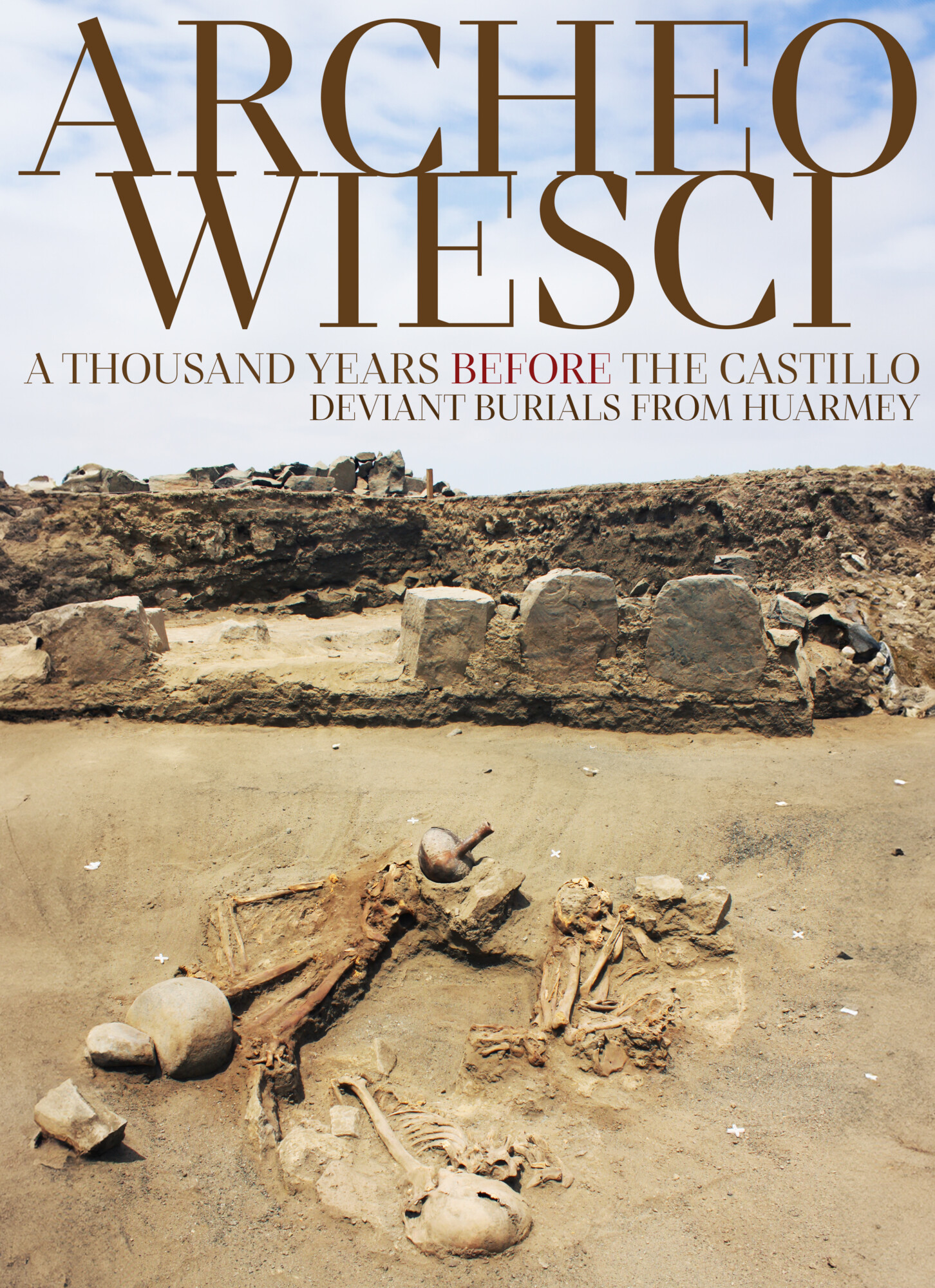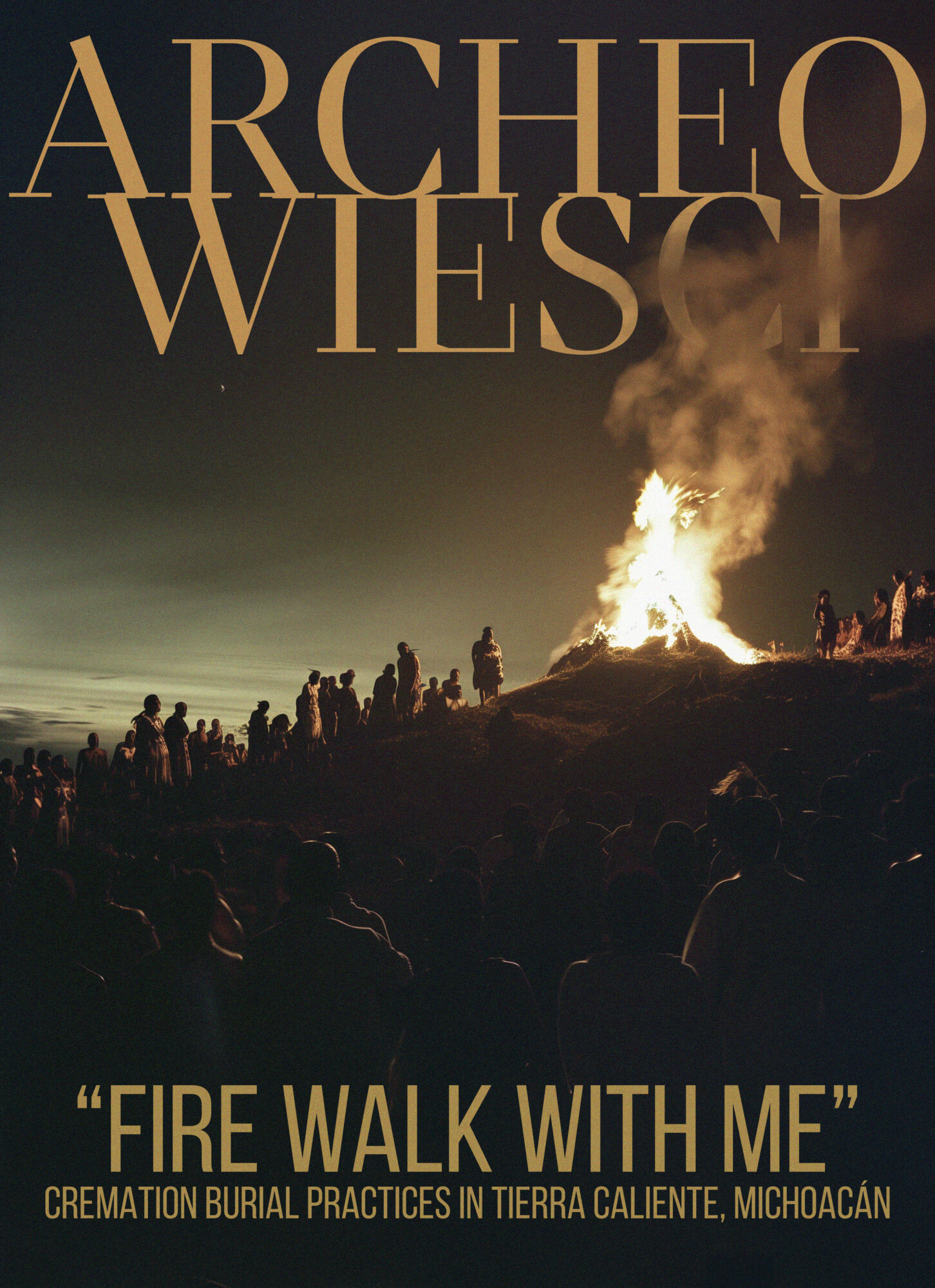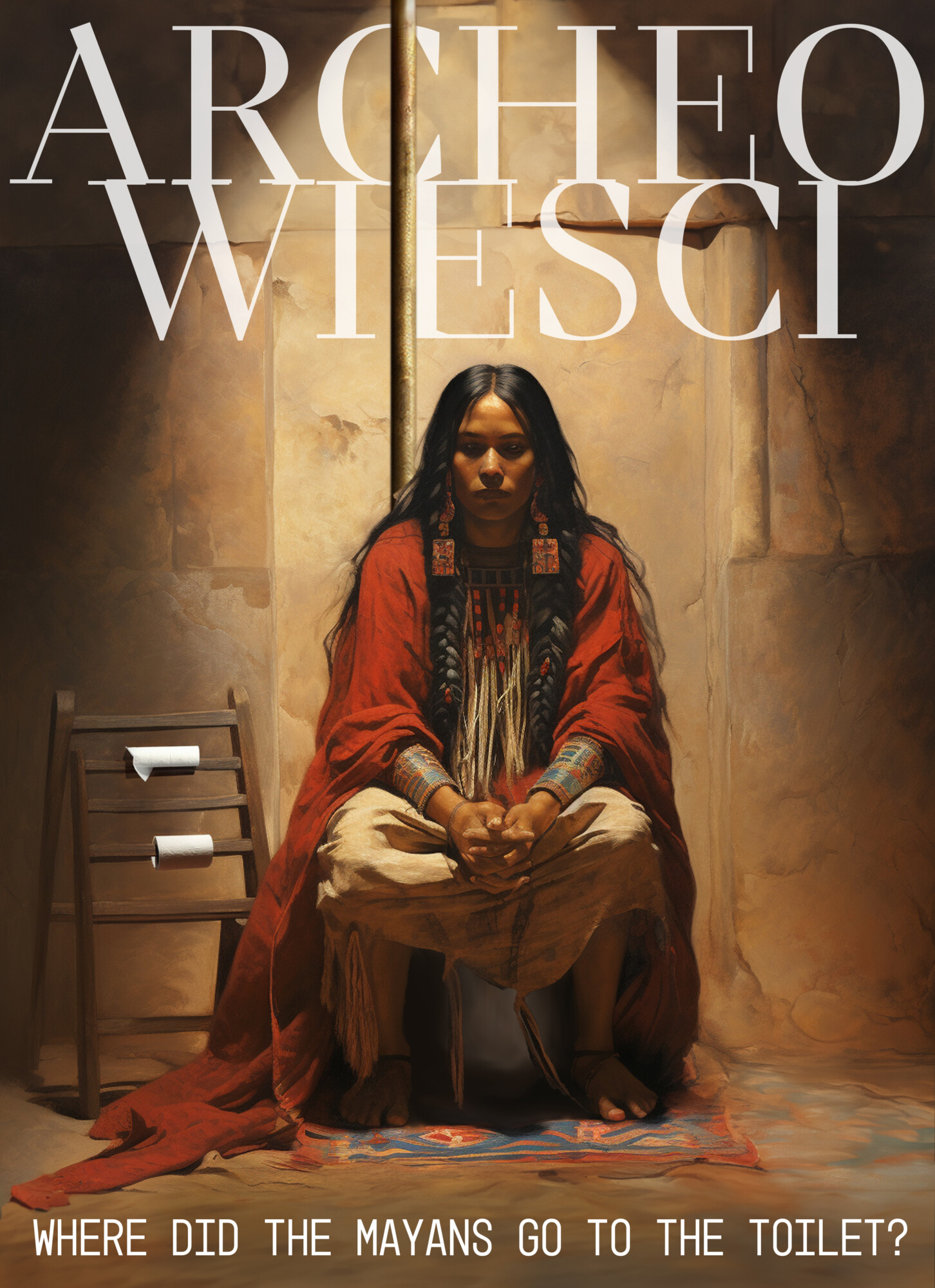
Although the archaeological site of the Castillo de Huarmey is mainly known for discoveries connected with the presence of the Wari culture in this region (mausoleums and burials associated with elites of this pre-Inca empire), both earlier and more recent features can be found within its area. A cemetery which could be even a thousand years older than the famous Mausoleum was unearthed in the close proximity to the site.
DISCLAIMER: This article contains the photographs of human remains
Continue reading “A thousand years before the Castillo: deviant burials from Huarmey”





